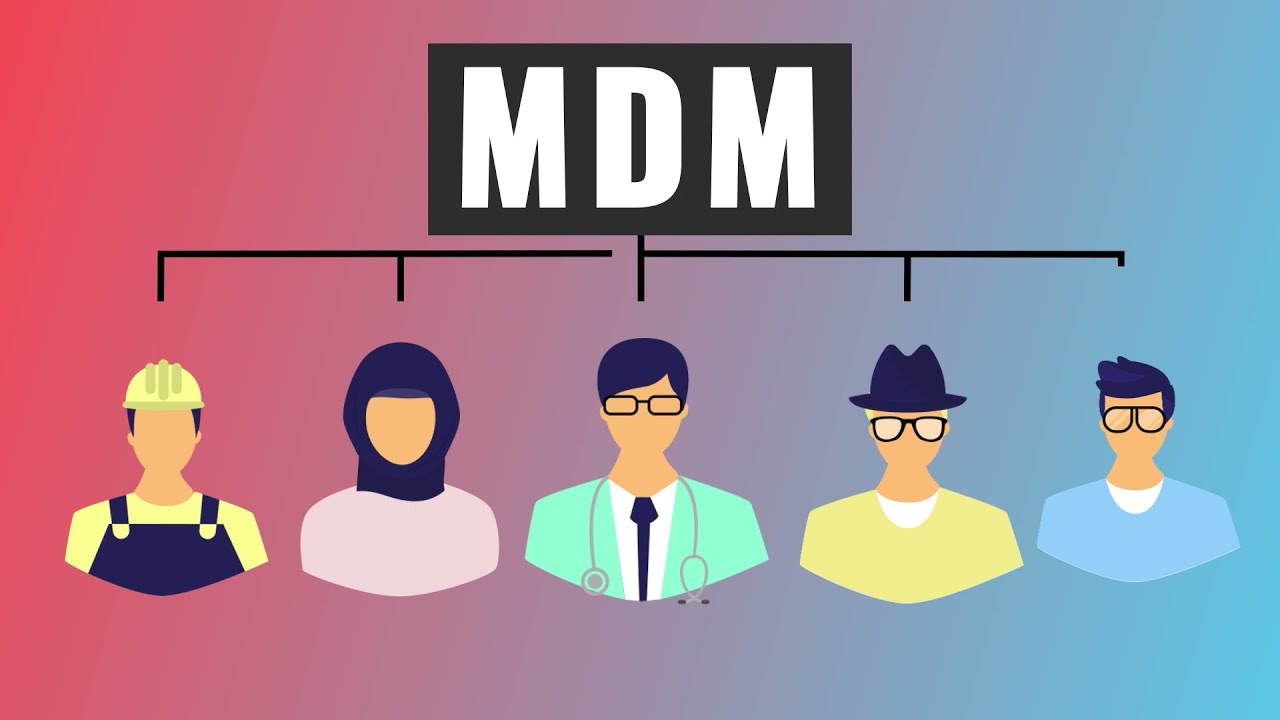
Master database management is a critical aspect of modern business operations. It refers to the management of all data that an organization collects and stores in a centralized location. This article explores what master database management entails, its benefits, case studies, comparisons, advice, frequently asked questions, and crucial considerations you need to know about it.

The following are some of the key benefits of using master database management systems:

Several companies have successfully implemented master database management systems. Here are three examples:
IBM has been pushing laborious on being a aggressive menace in enterprise cloud, however is much behind the leaders like Amazon AWS, Microsoft Azure and Google Cloud. It’s newest technique to turn out to be extra related, along with shopping for RedHat for its cloud experience, is to develop a sequence of “straightforward on-ramp” Cloud Paks that it claims can considerably scale back the period of time needed for enterprises to be cloud-enabled. However is that this sufficient to alter the potential of IBM to compete in a extremely aggressive fashionable cloud surroundings?
Amazon relies heavily on its central database management system to store and manage all customer data. This has enabled the company to collect and analyze vast amounts of data and provide personalized recommendations to customers based on their buying habits.
Netflix uses a central database to store and manage user data, including watch history, search queries, and ratings. This data is used to personalize content recommendations, improving the overall user experience.
Coca-Cola leverages a centralized database to manage its supply chain and inventory. This has allowed the company to optimize its production processes and reduce waste while ensuring timely delivery of products to retailers.

When considering implementing a master database management system, it’s essential to compare different options available. Here are three popular systems:
Oracle Database is one of the most popular database management systems worldwide, with a range of features, including high availability, security, and scalability.
Microsoft SQL Server is another widely used database management system that comes with an array of advanced features, including data warehousing, reporting, and analytics capabilities.
MySQL is a free, open-source database management system that is popular among small businesses and start-ups due to its affordability and ease of use.

Implementing a master database management system can be complex and time-consuming. Here are some tips to help you get started:
A master database refers to a centralized repository where all an organization’s data is stored, organized, and managed.
Master database management offers several benefits, including improved decision-making, enhanced data security, better collaboration, and increased data consistency.
The ideal database management system for your business depends on your unique needs and goals. Evaluate different options available and choose a system that can meet your specific requirements.
The cost of implementing a master database management system varies depending on several factors, including the size of your organization, the complexity of your data, and the vendor you select.
Regular updates are crucial to maintaining the smooth operation of your database management system. Aim to update your system at least every six months or as required by your vendor’s recommendations.
Master database management is critical to the success of modern businesses. By centralizing all your organization’s data, you can improve decision-making processes, enhance data security, promote collaboration among employees and departments, and achieve better data consistency. However, selecting the right system, investing in training, and regular maintenance are crucial considerations for successful implementation.